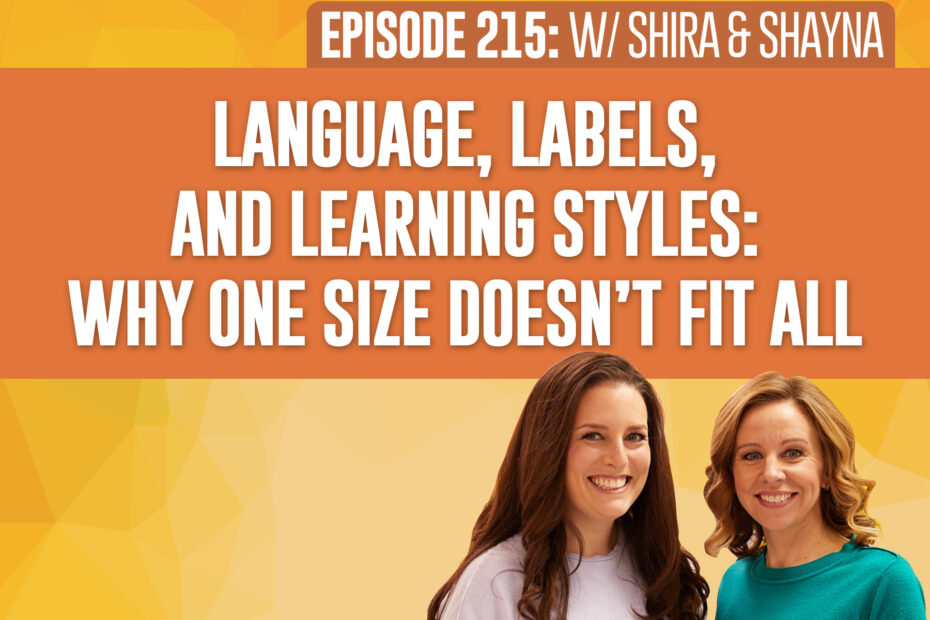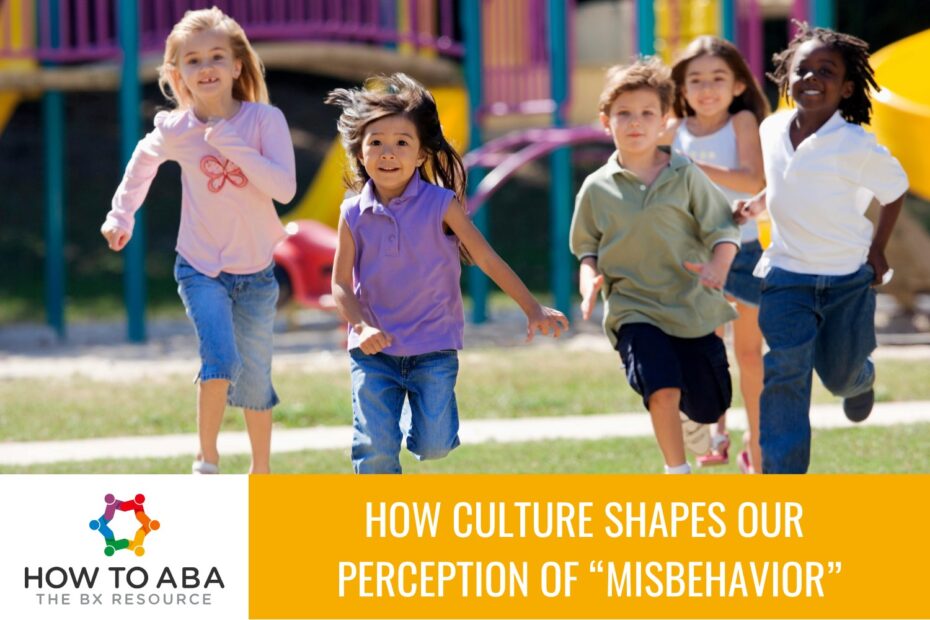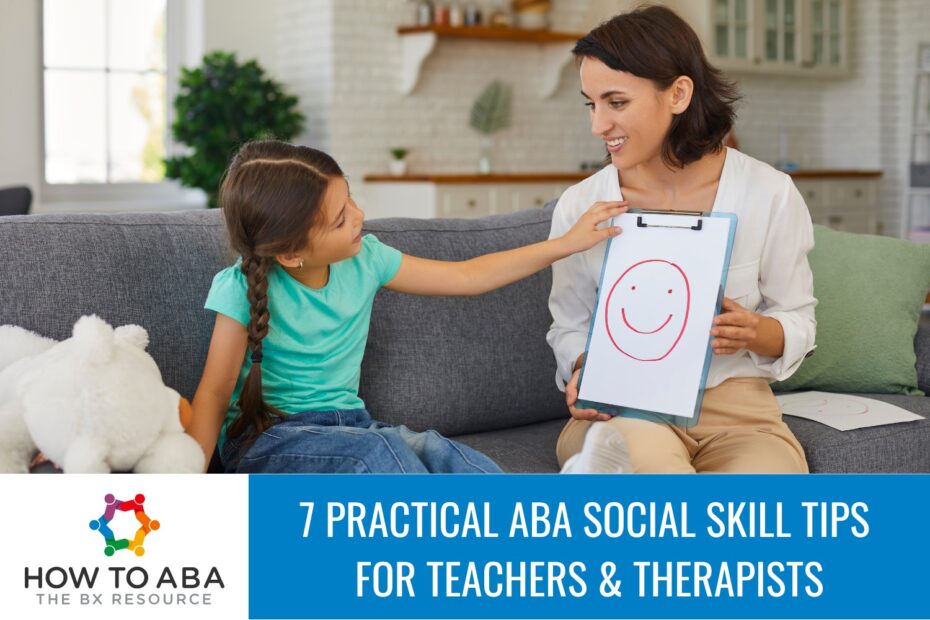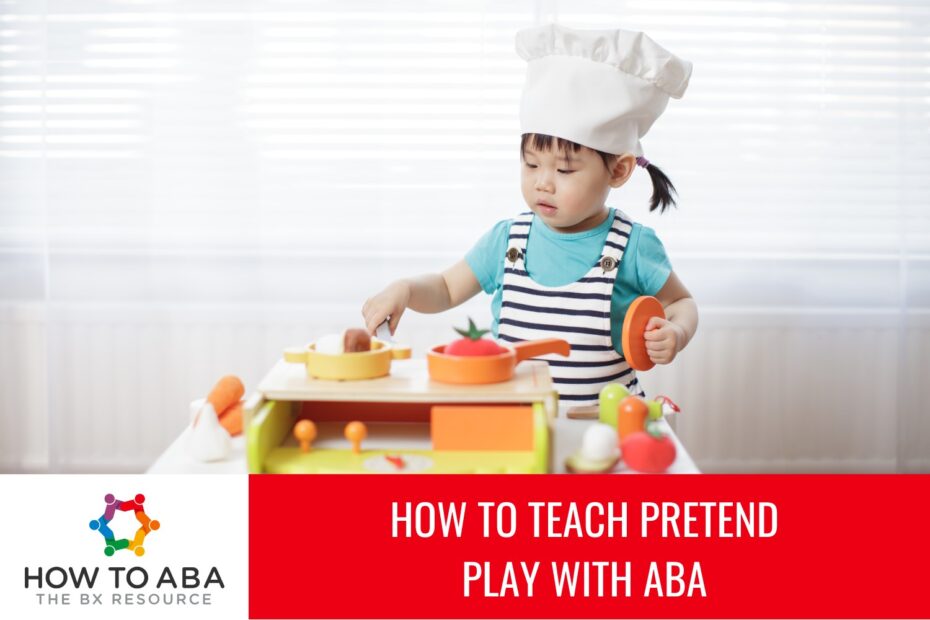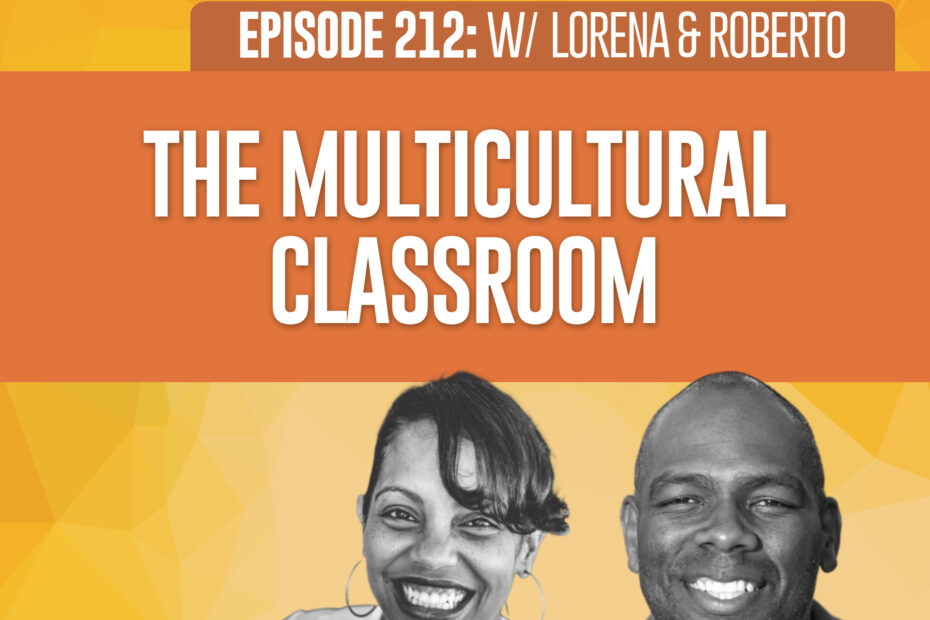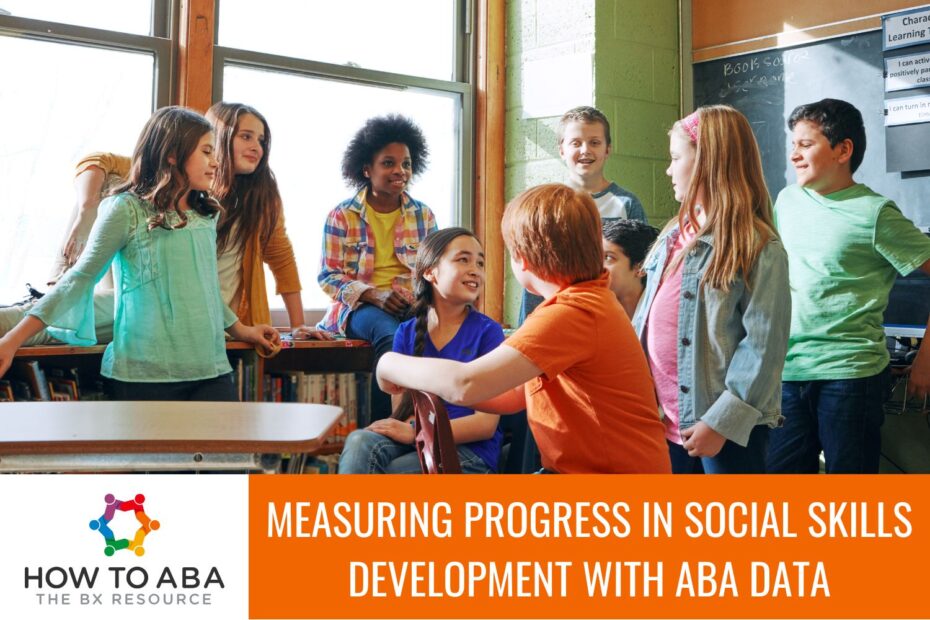Recognizing & Addressing Implicit Bias in Behavior Intervention Plans
In ABA, the goal is to create supportive, individualized interventions that promote meaningful change. Yet, even the most well-intentioned Behavior Intervention Plan (BIP) can be… Read More »Recognizing & Addressing Implicit Bias in Behavior Intervention Plans


